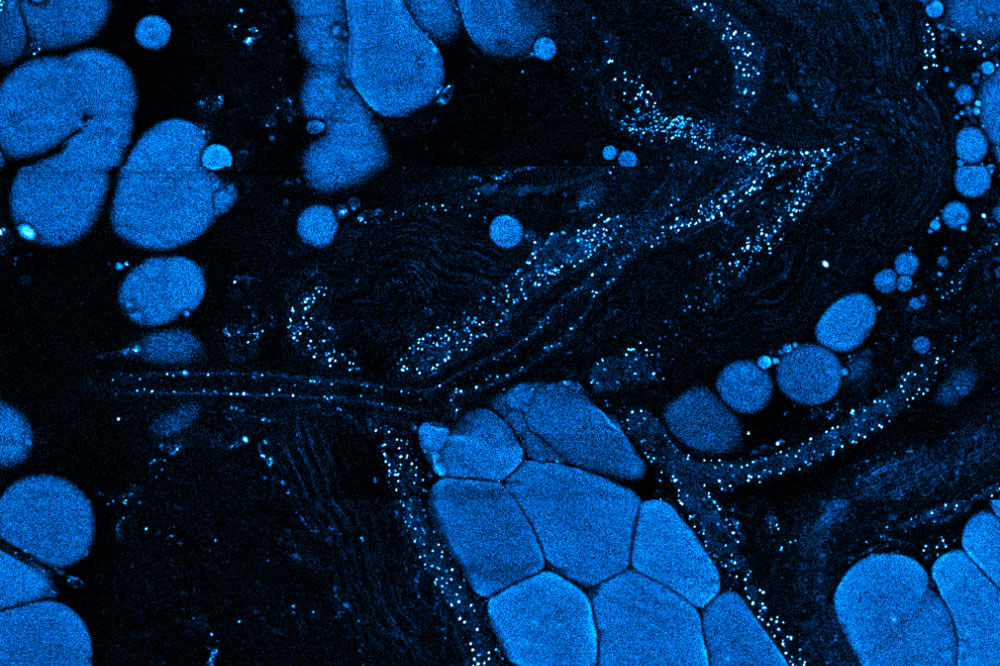Integrative Imaging research theme

Improving the world through cutting-edge imaging technology and techniques
Imaging tools illuminate the world, from the tiniest systems to much larger ones. At the Beckman Institute, researchers in the Integrative Imaging research theme are looking at both.
They’re studying individual neurons and the brain as a whole. They’ve got on eye on the microscopic molecules outside cells and the mechanics of individual bones. They think about how tendons and ligaments hold bodies together, and how skeletons and muscles work together. They’re fighting cancer starting at the molecular level. They are developing better health care solutions and ensuring earlier and more successful disease diagnosis and treatment.
Improving the world through cutting-edge imaging technology and techniques
Imaging tools illuminate the world, from the tiniest systems to much larger ones. At the Beckman Institute, researchers in the Integrative Imaging research theme are looking at both.
They’re studying individual neurons and the brain as a whole. They’ve got on eye on the microscopic molecules outside cells and the mechanics of individual bones. They think about how tendons and ligaments hold bodies together, and how skeletons and muscles work together. They’re fighting cancer starting at the molecular level. They are developing better health care solutions and ensuring earlier and more successful disease diagnosis and treatment.
Some researchers use Beckman’s core research facilities , including magnetic resonance imaging, SPECT/PET and microscopy, in their work. Others are using and creating their own cutting-edge imaging tools.
They’re finding new ways to improve cancer treatment, help surgeons work more precisely, make the benefits of exercise available to people who can’t move easily and understand the neurodegenerative diseases that affect more than 1 billion people.
Integrative Imaging researchers are solving problems through imaging technology. For example:
- ARPA-H is funding projects that will drastically improve outcomes for cancer tumor removal and create a new way to manufacture tumor models to improve medical research and personalized medicine.
- NIH’s Center for Label-free Imaging and Multiscale Biophotonics is visualizing cells and tissues in unique ways, using expertise from engineers, biologists, physicists and more.
- NASA is funding research to preserve astronauts’ health in space using the extracellular vesicles bodies generate after exercising.
Co-chairs
- Mariana Kersh
- Michael L. Oelze
Integrative Imaging working groups
Beckman Institute for Advanced Science and Technology